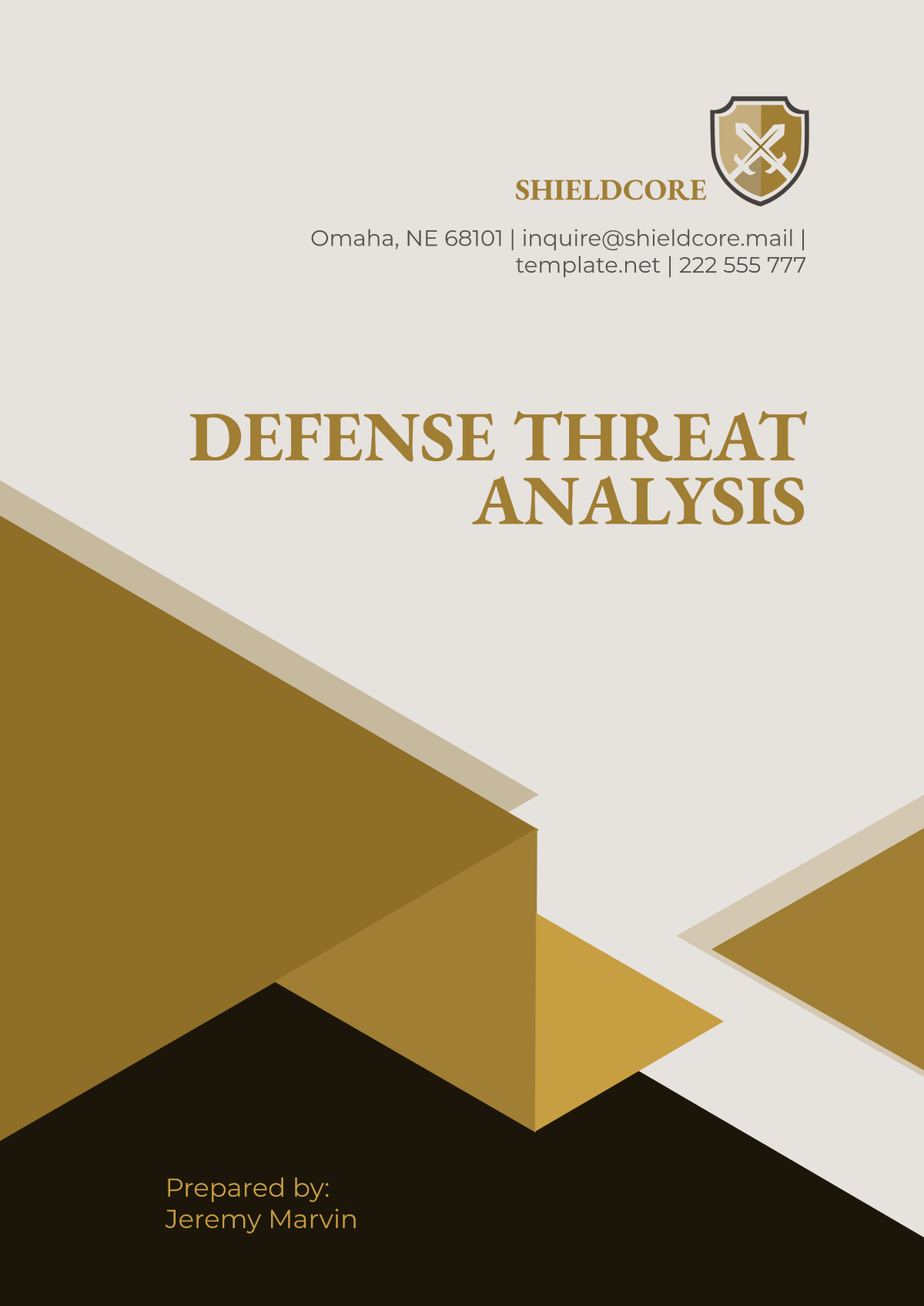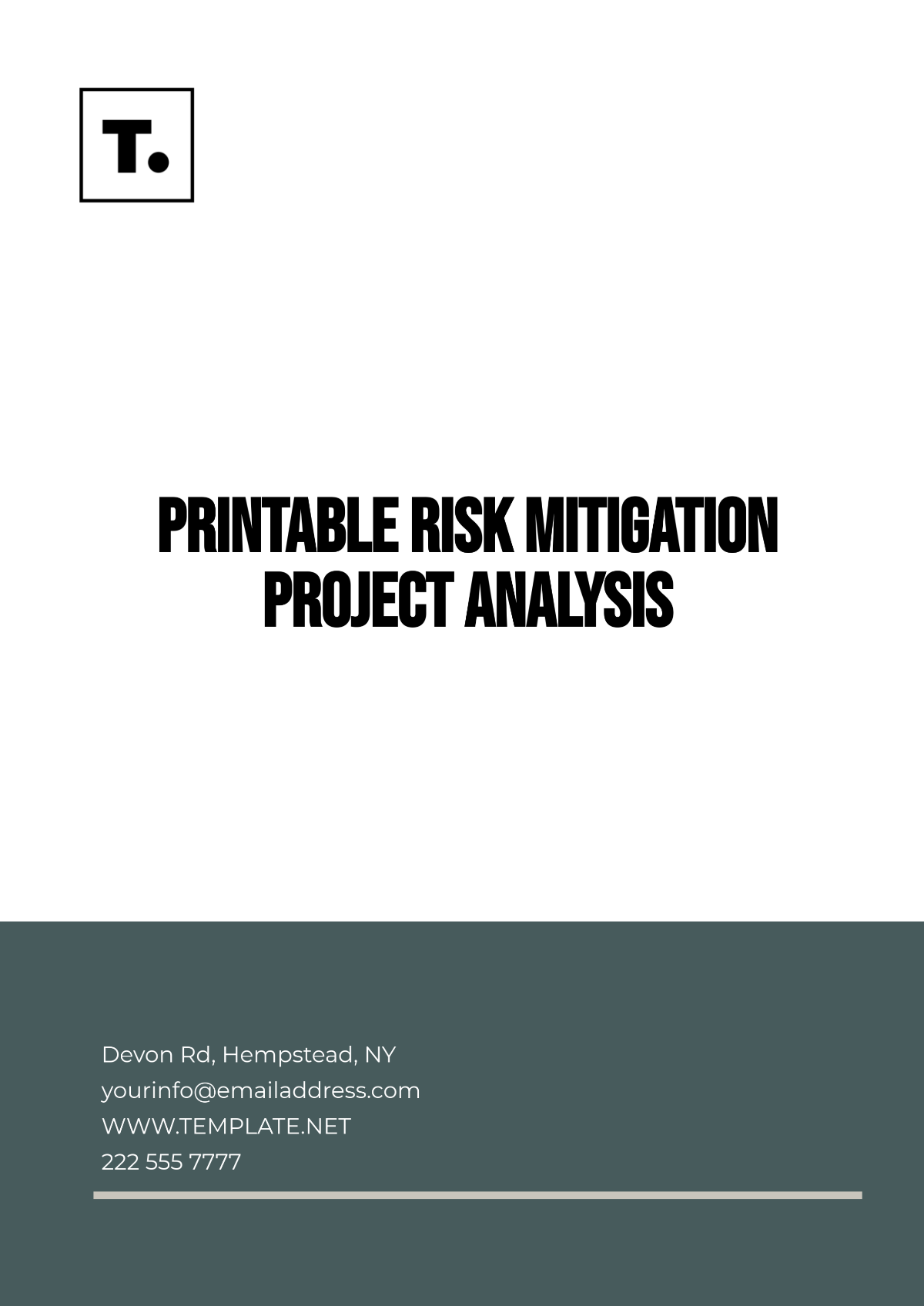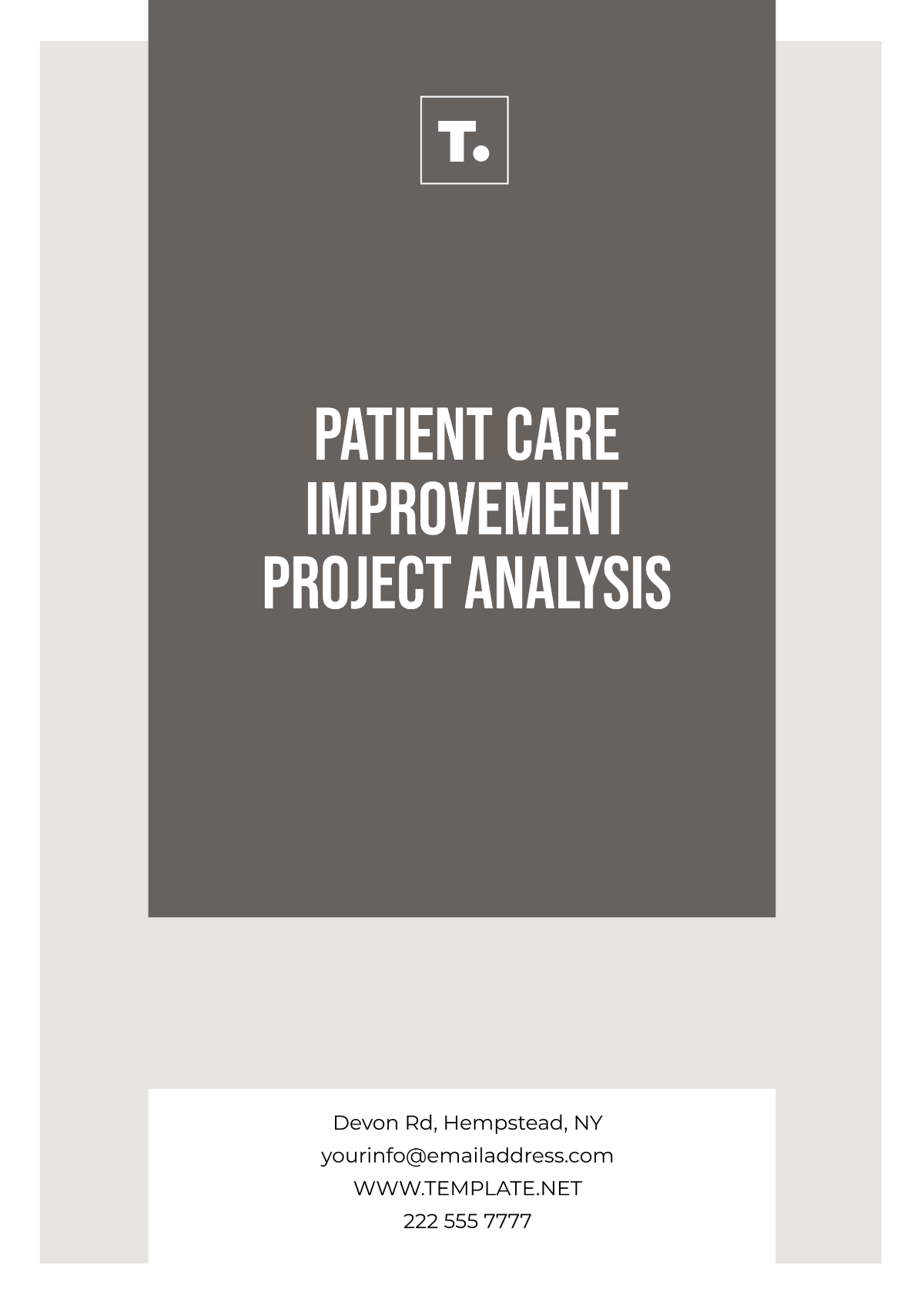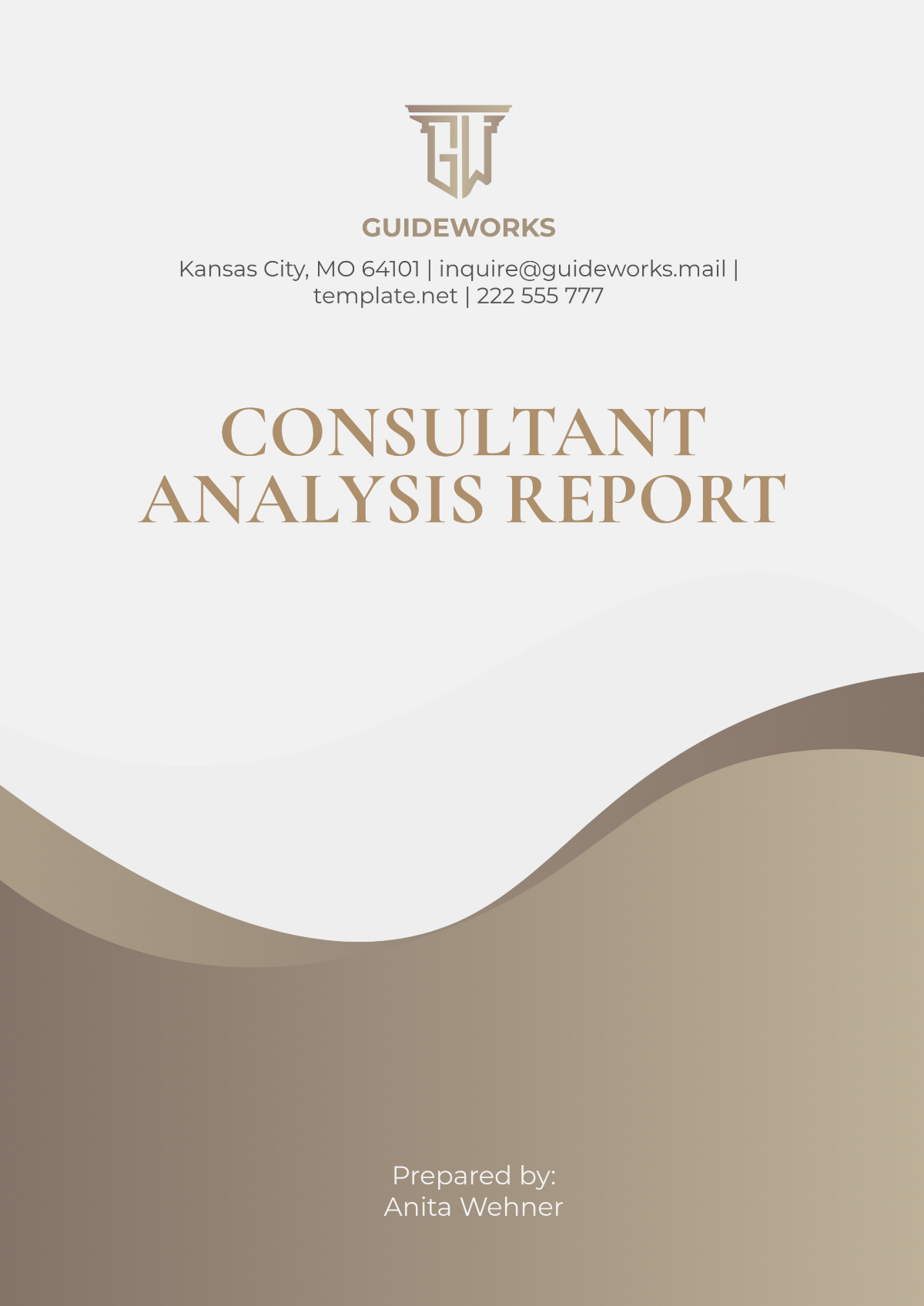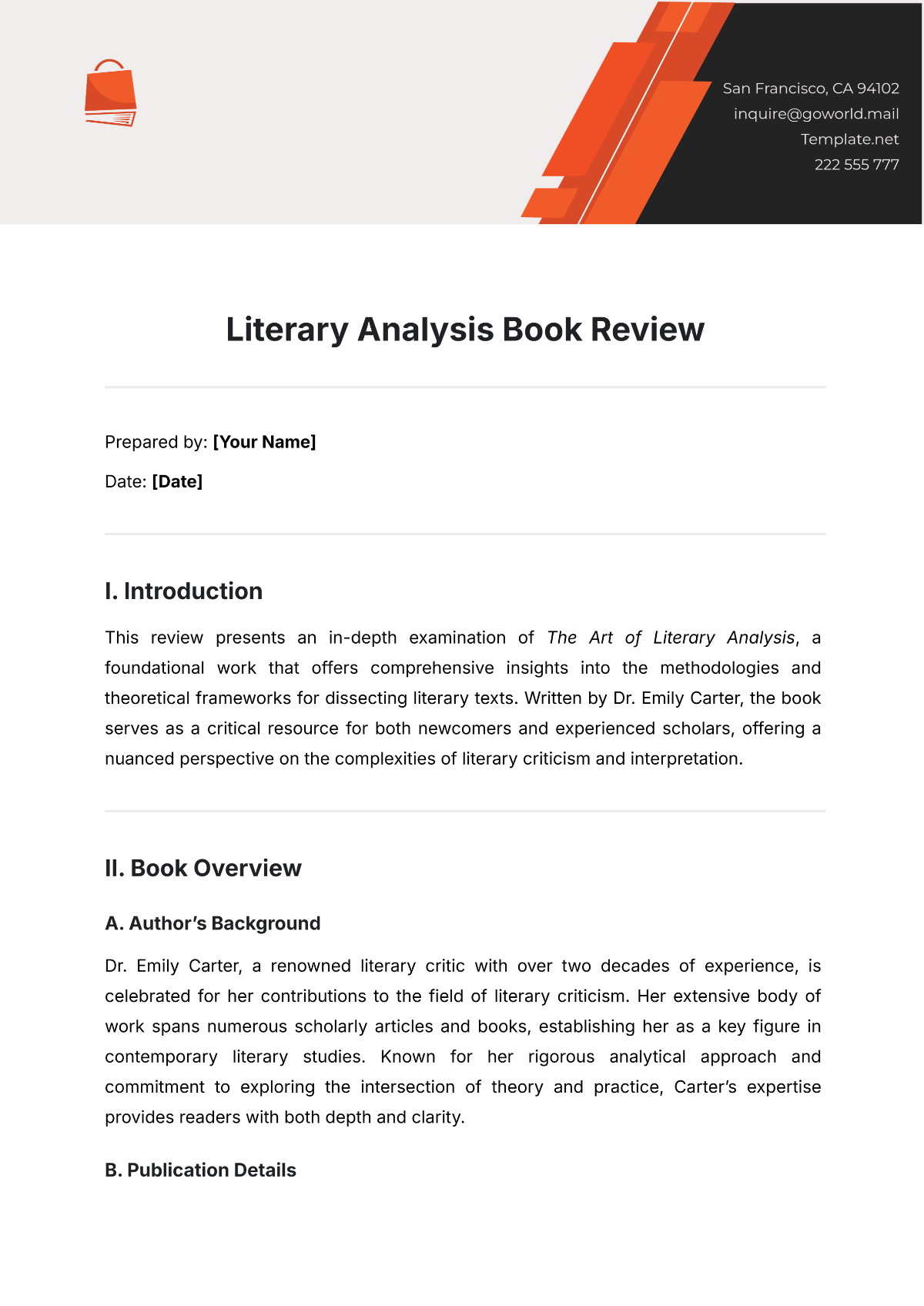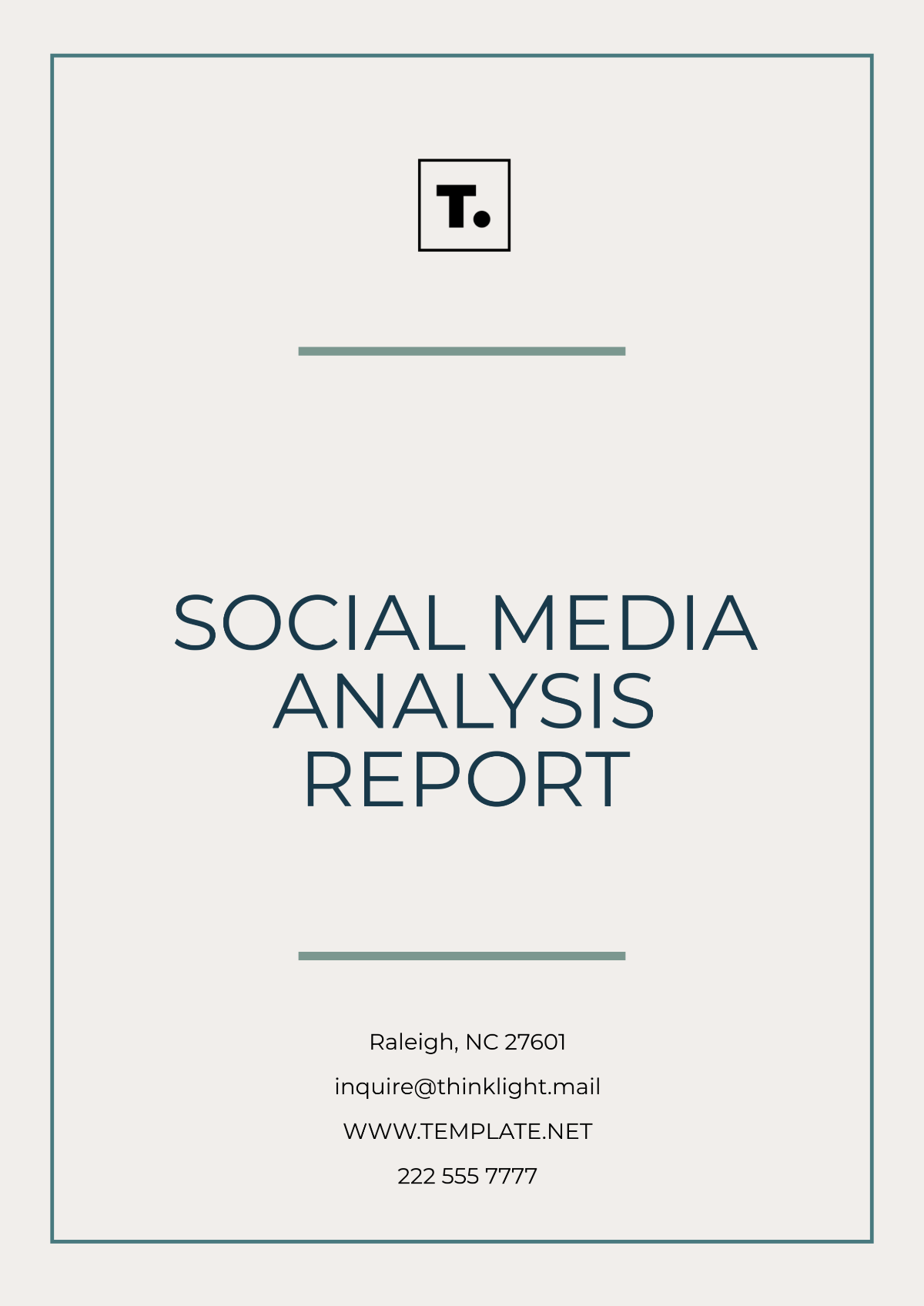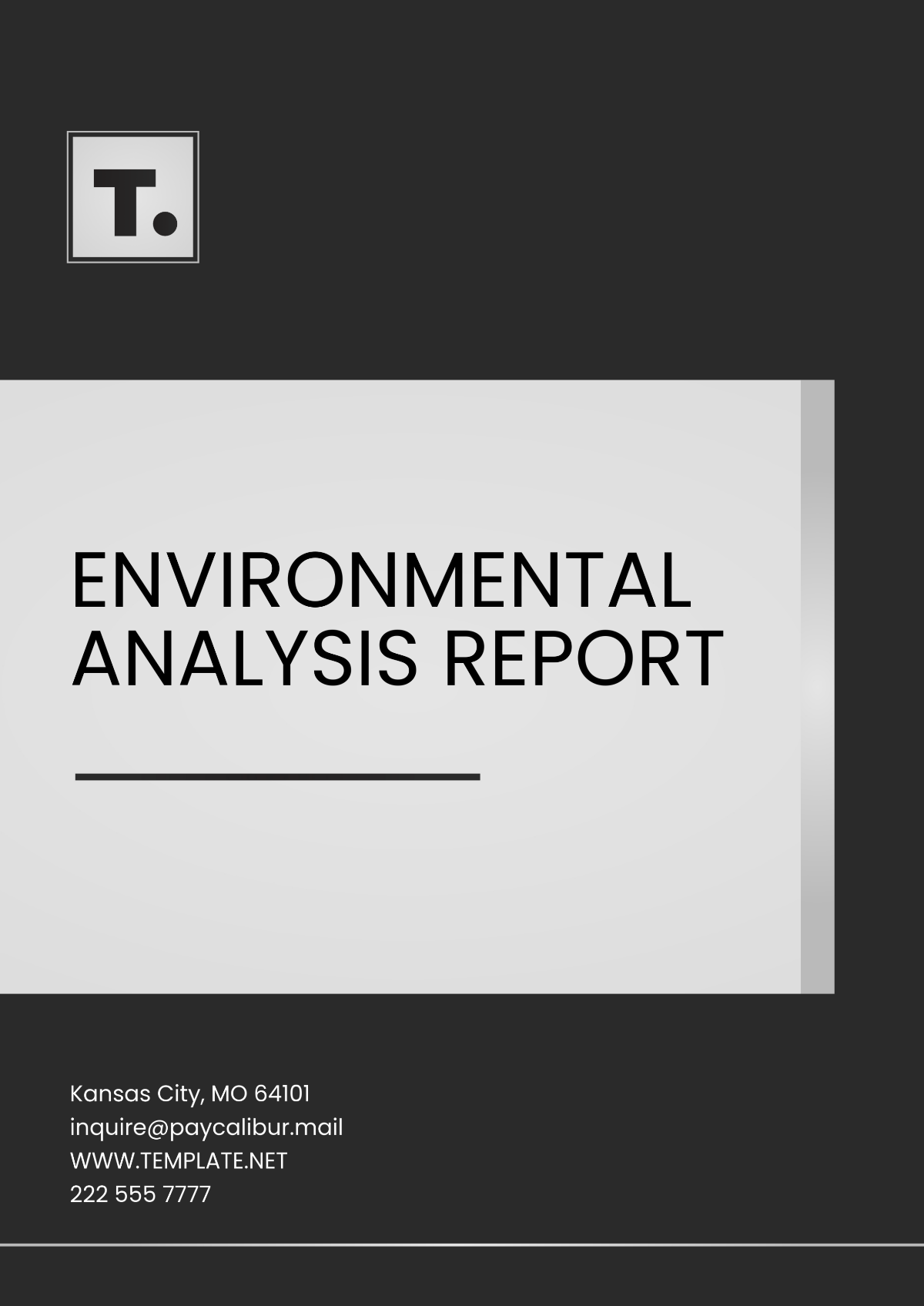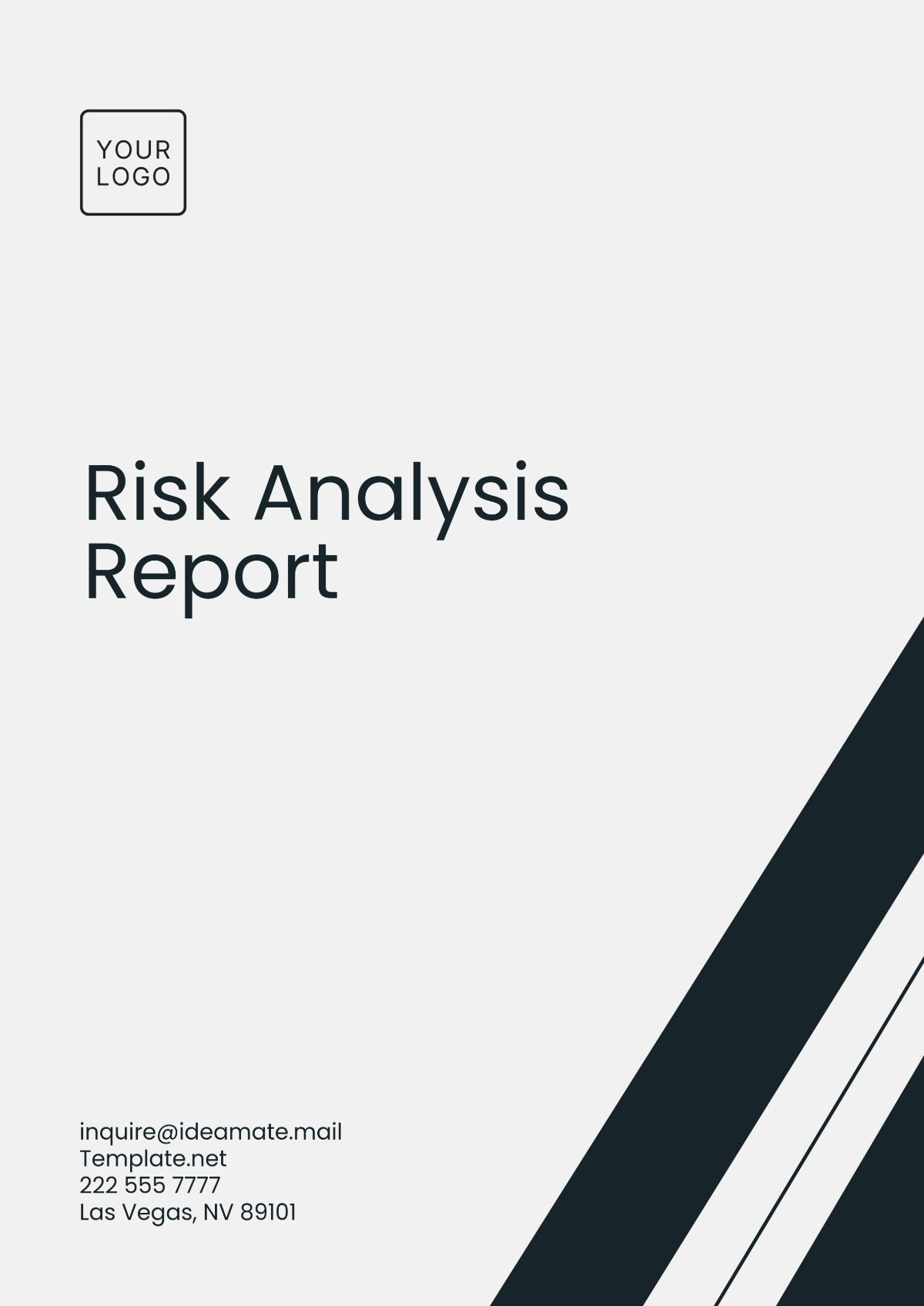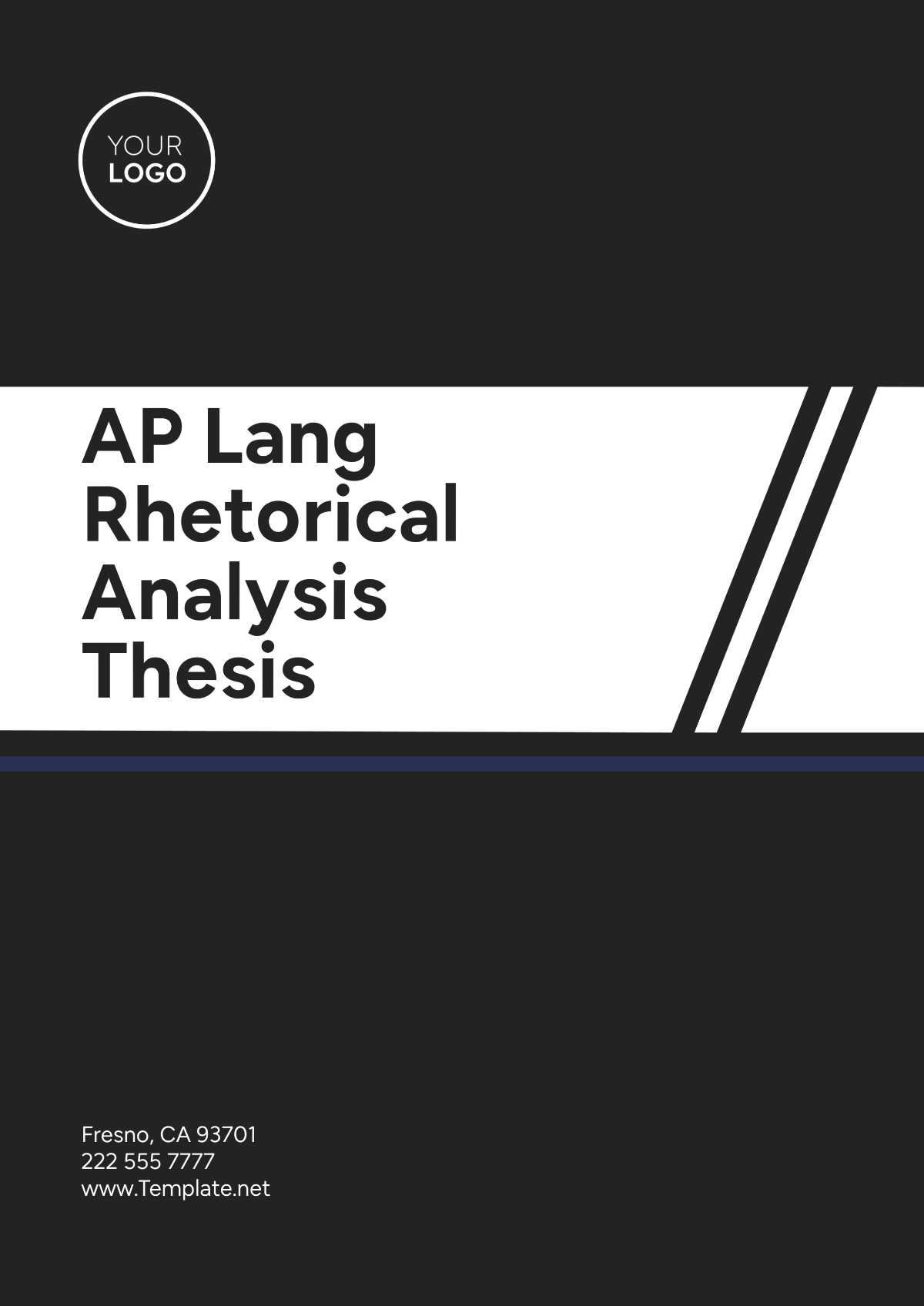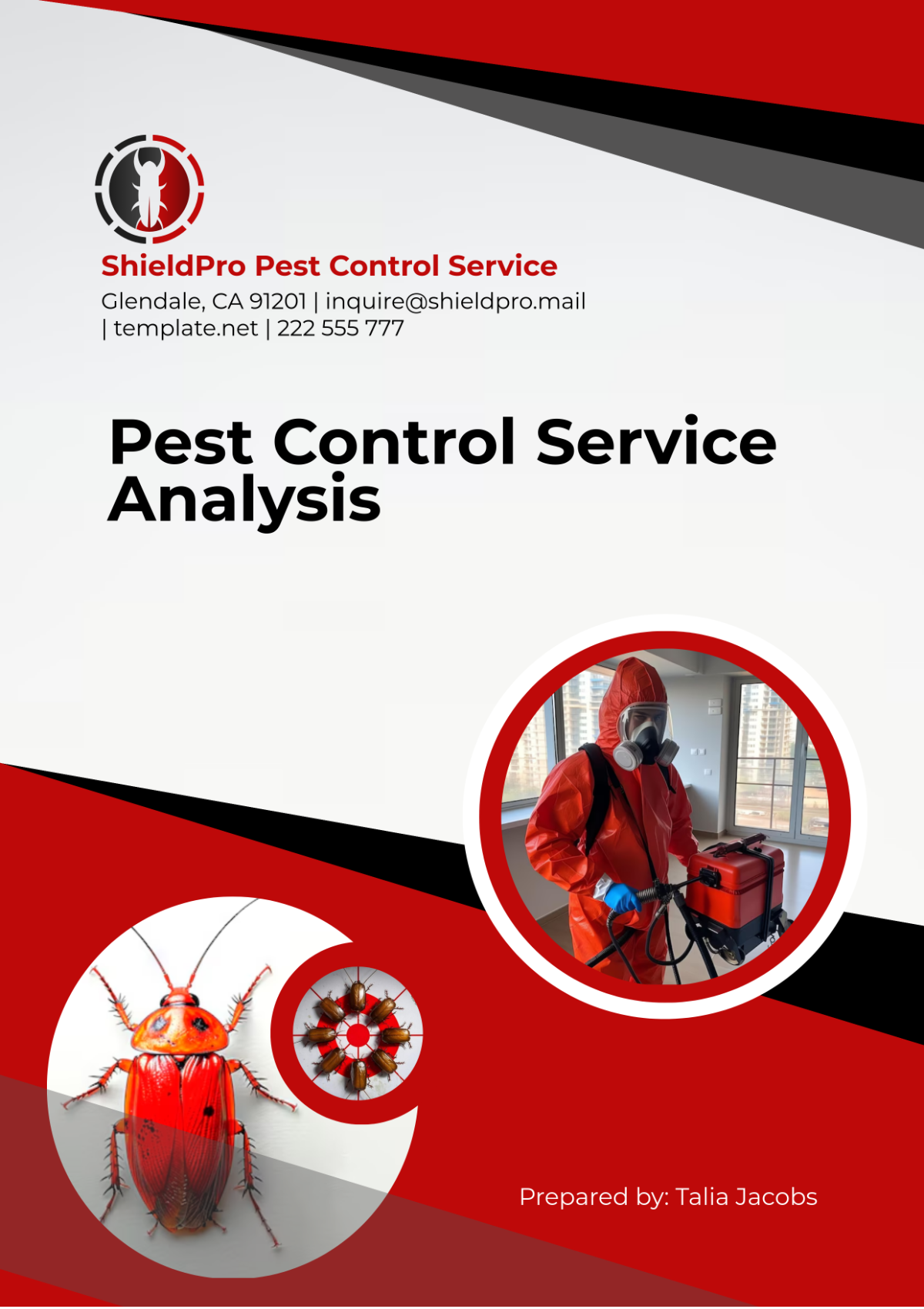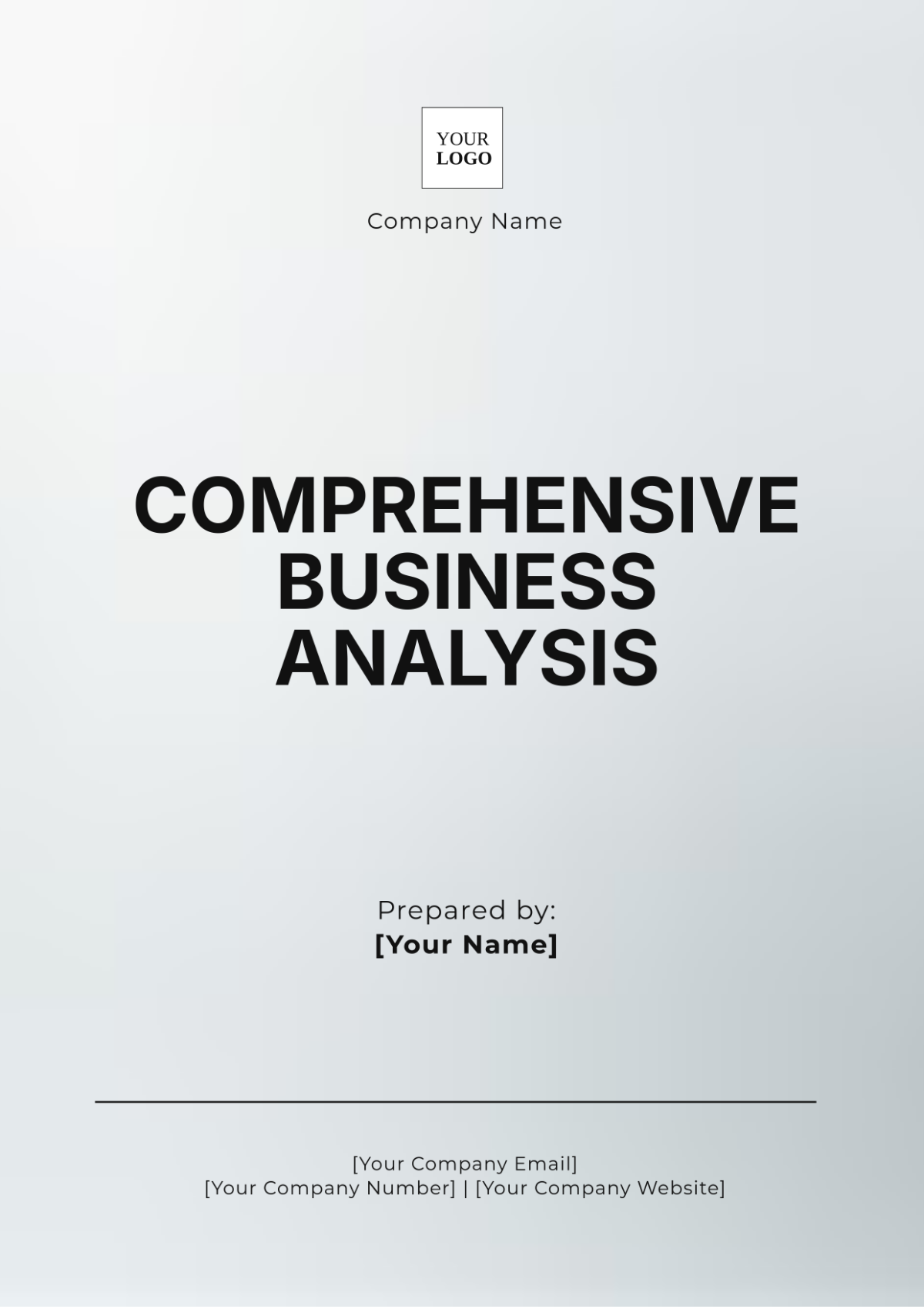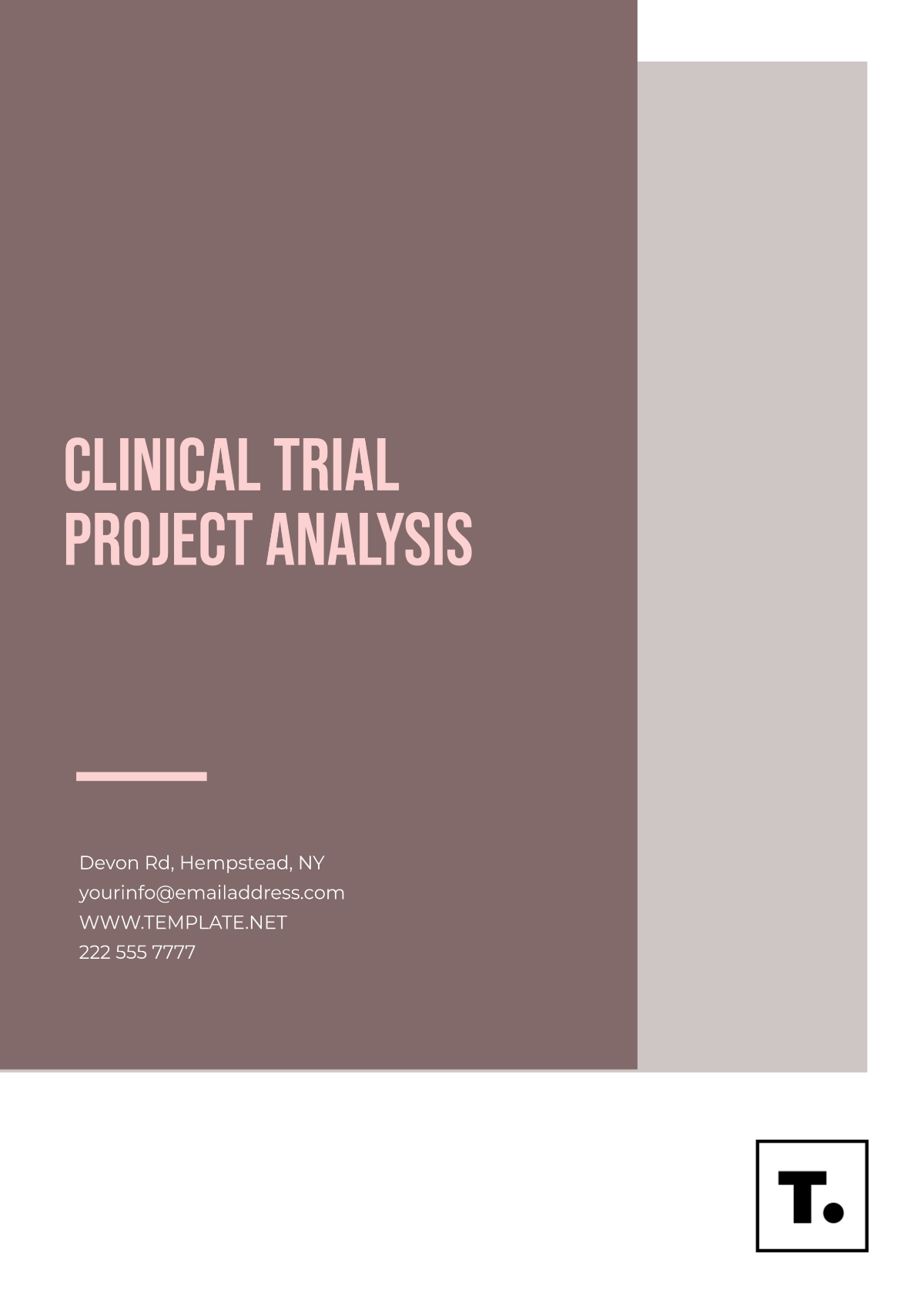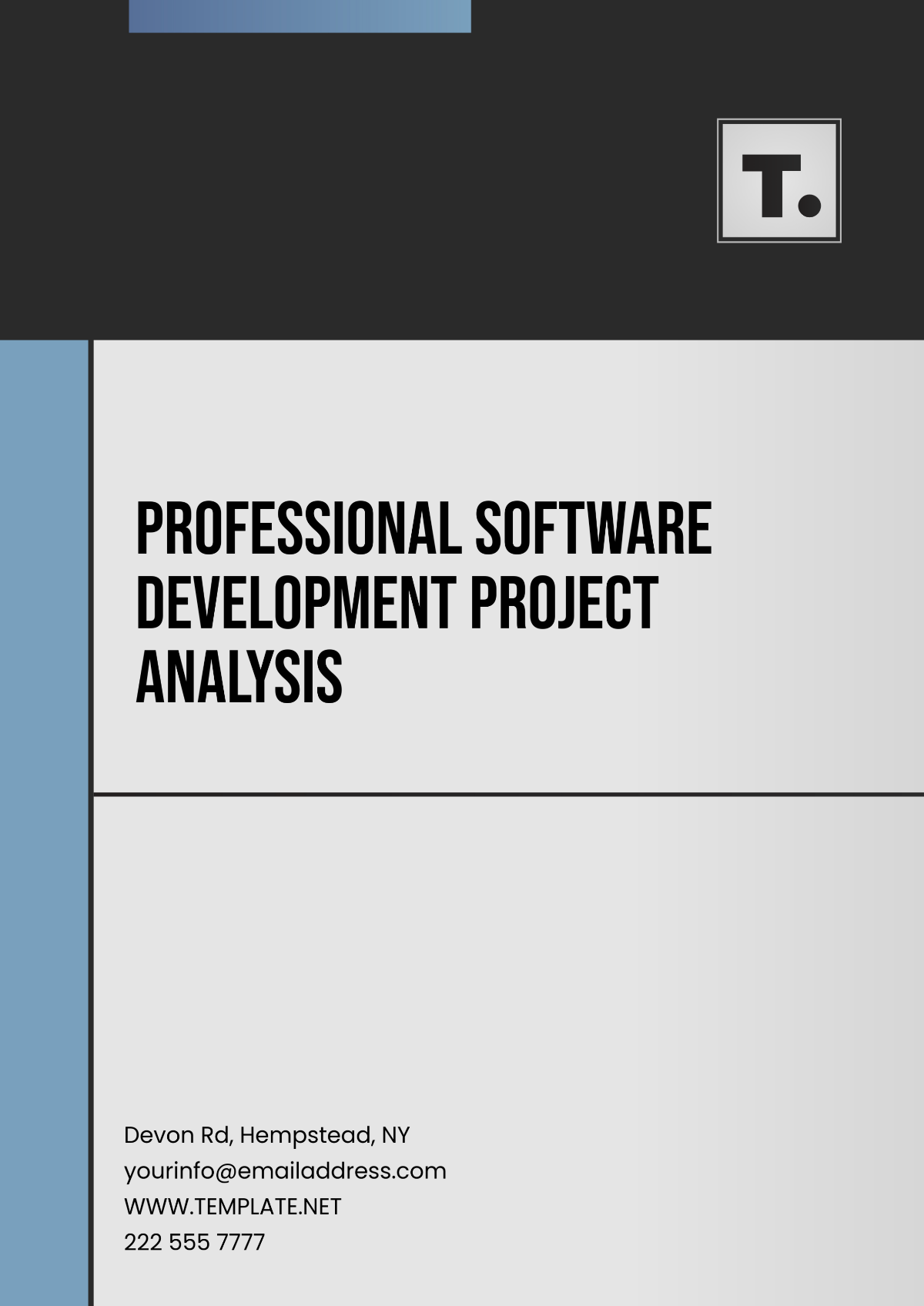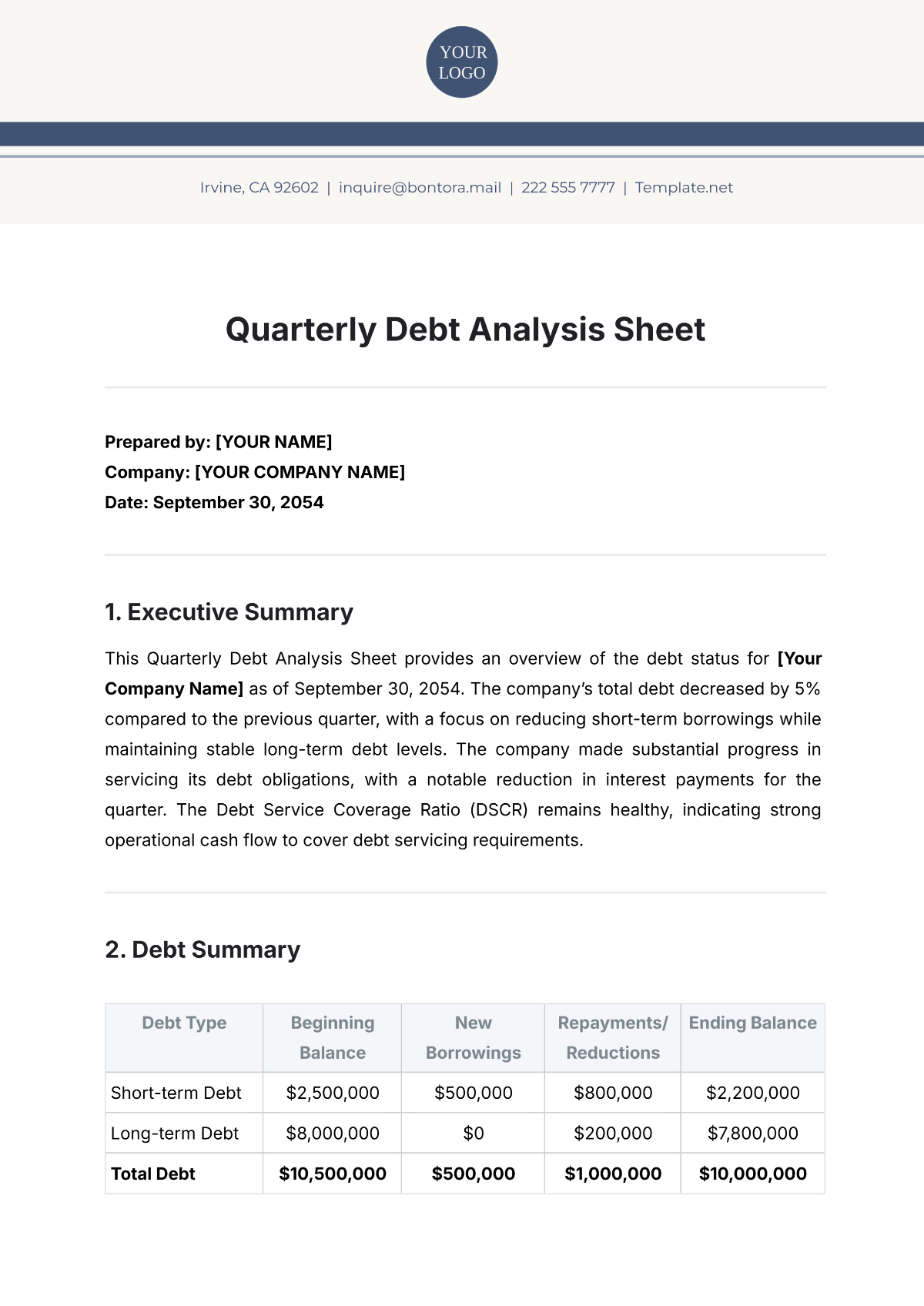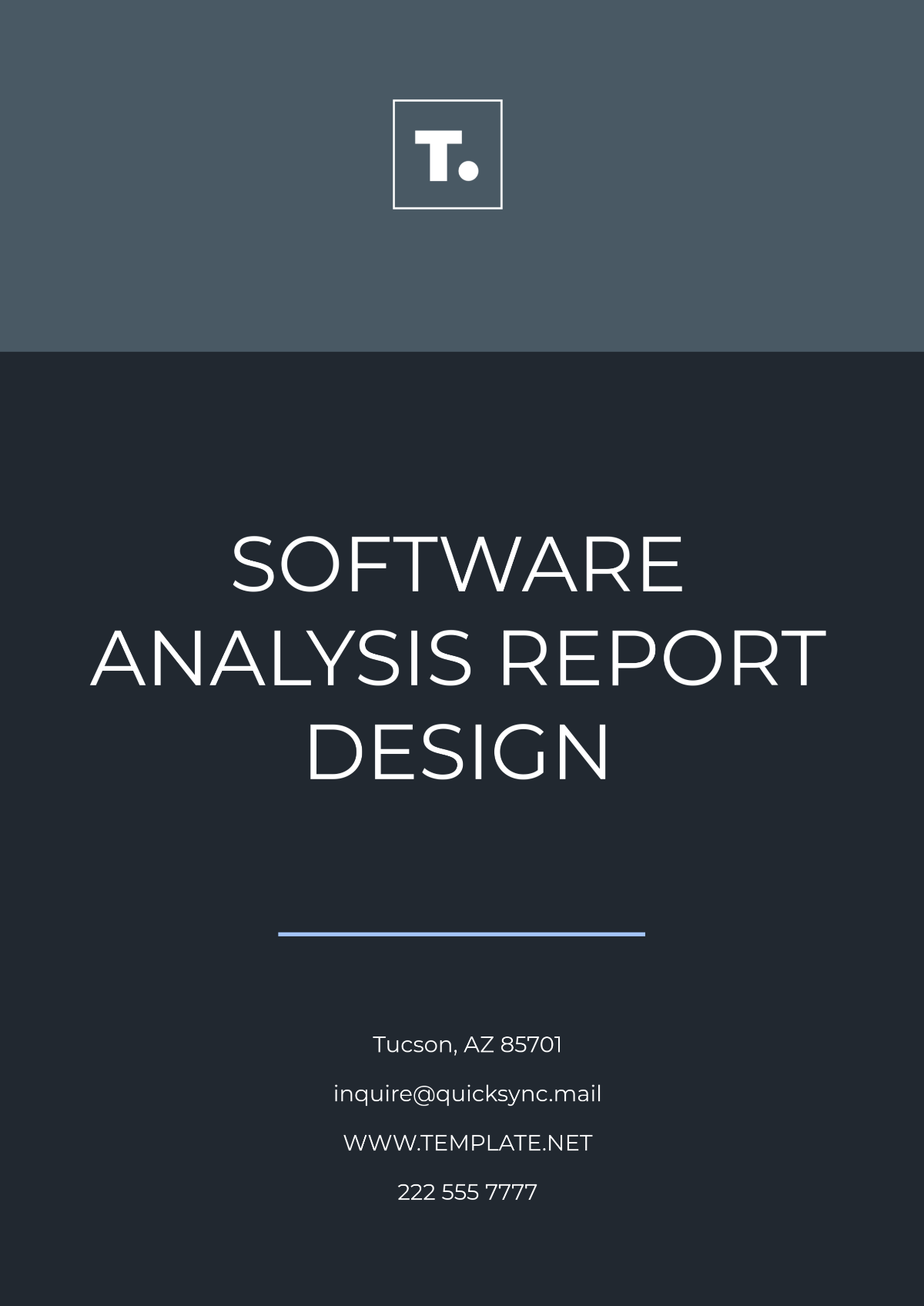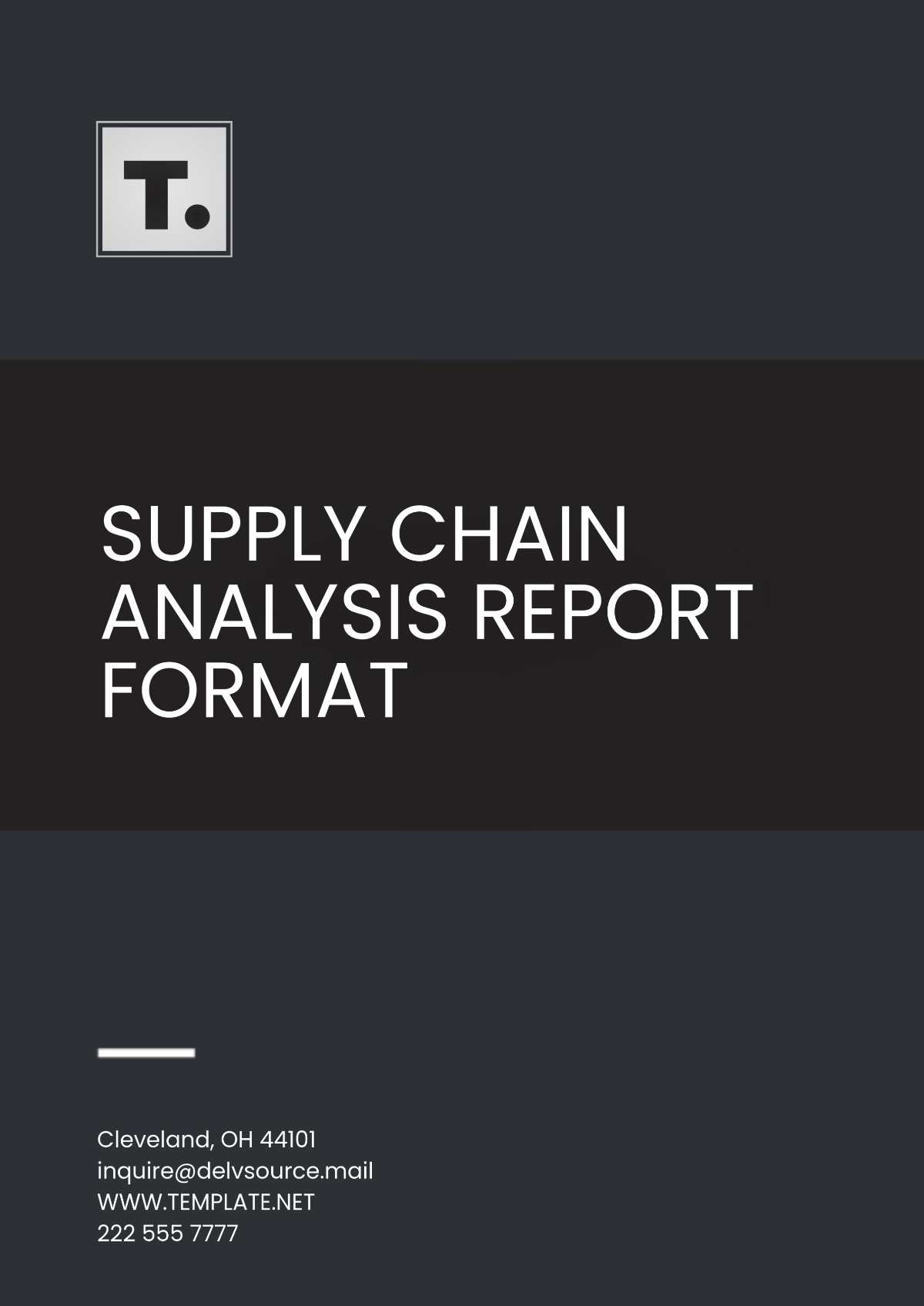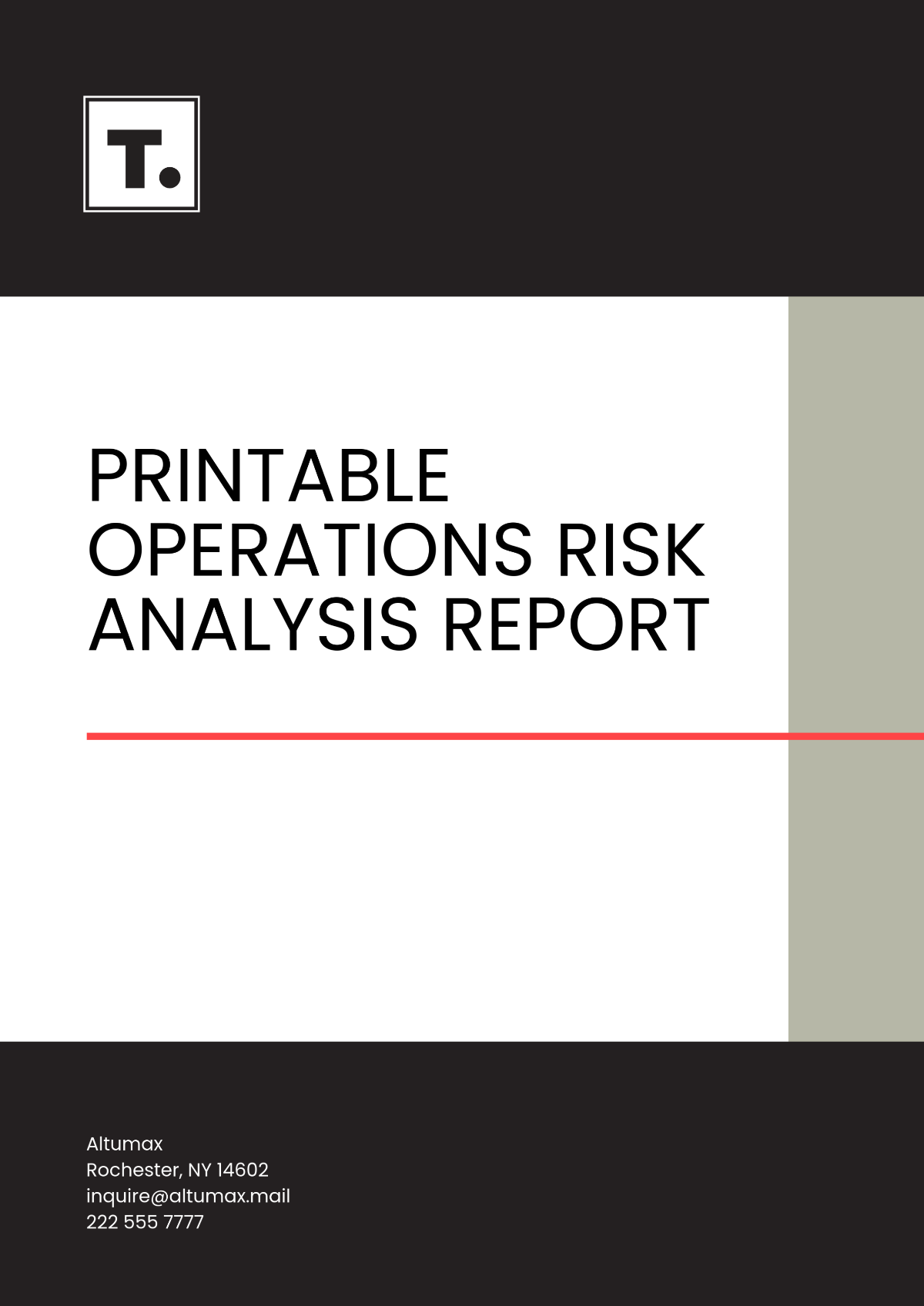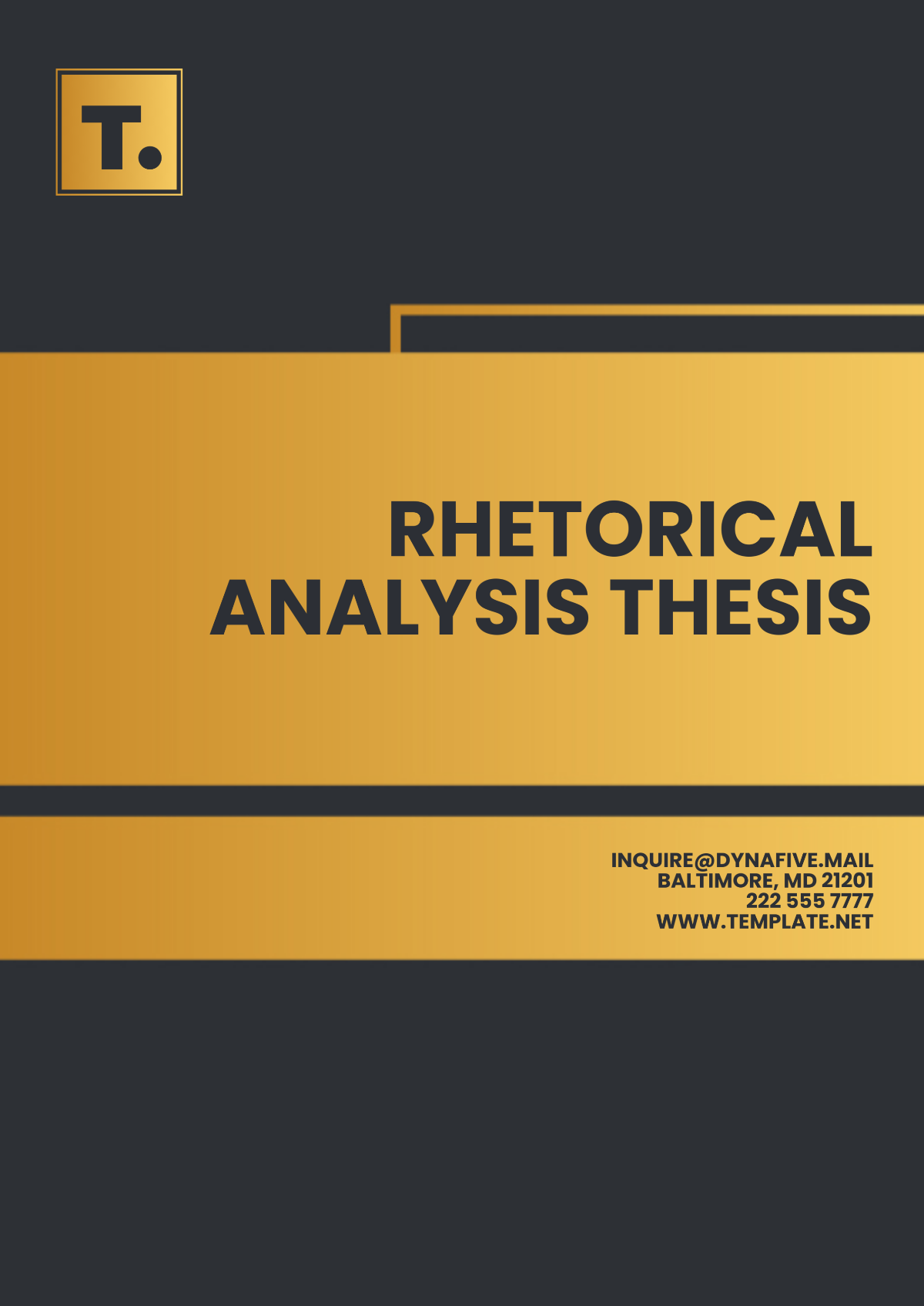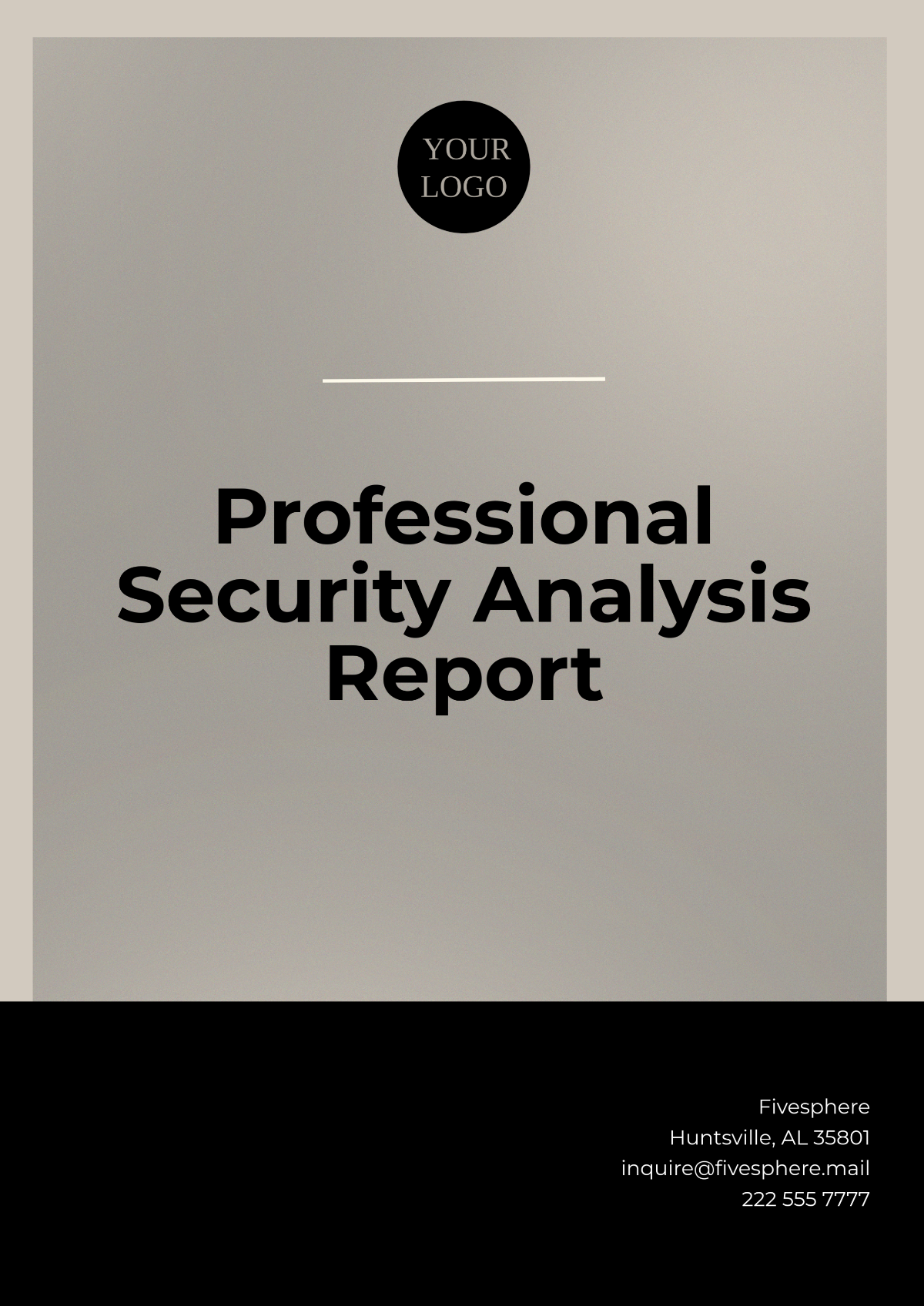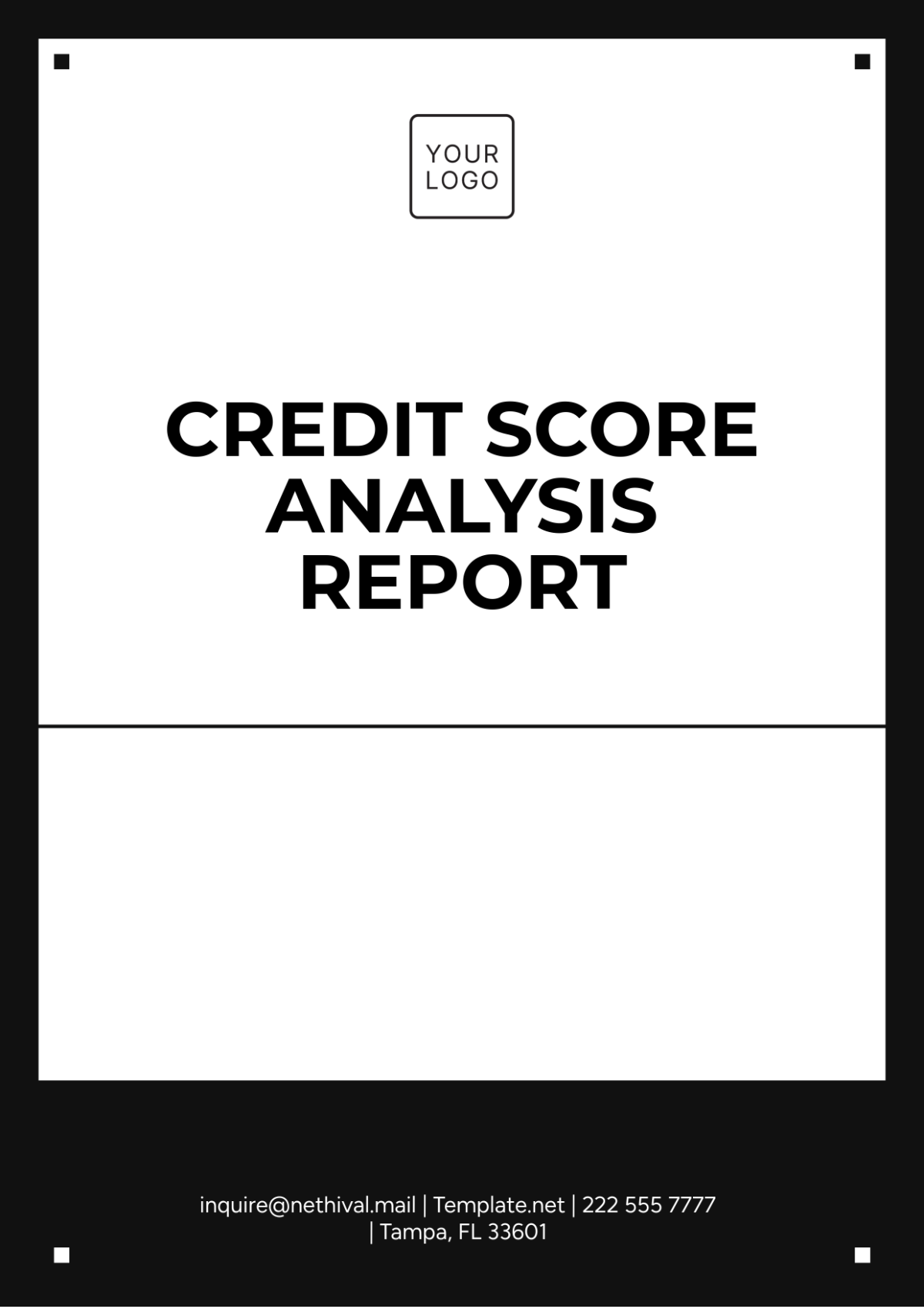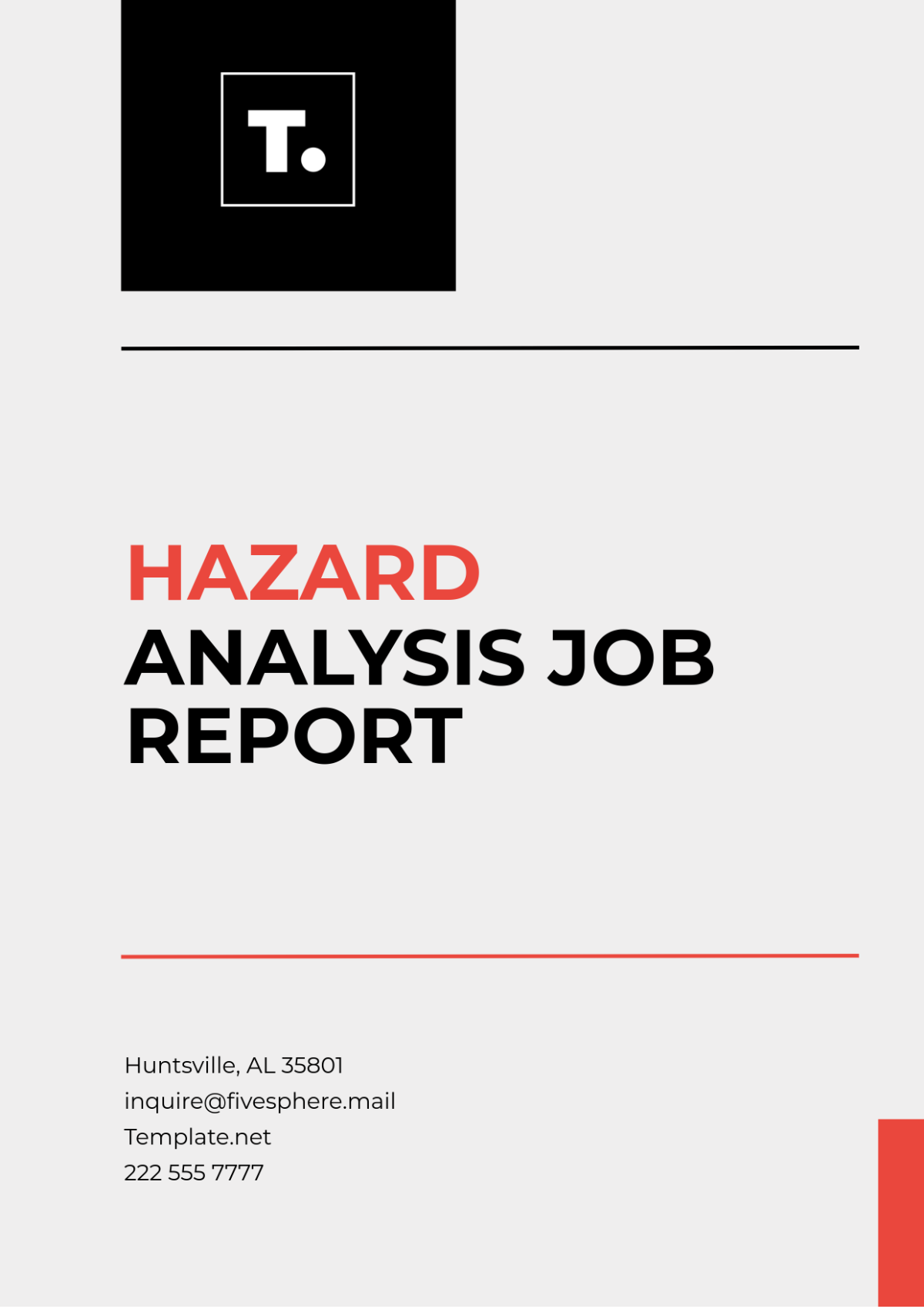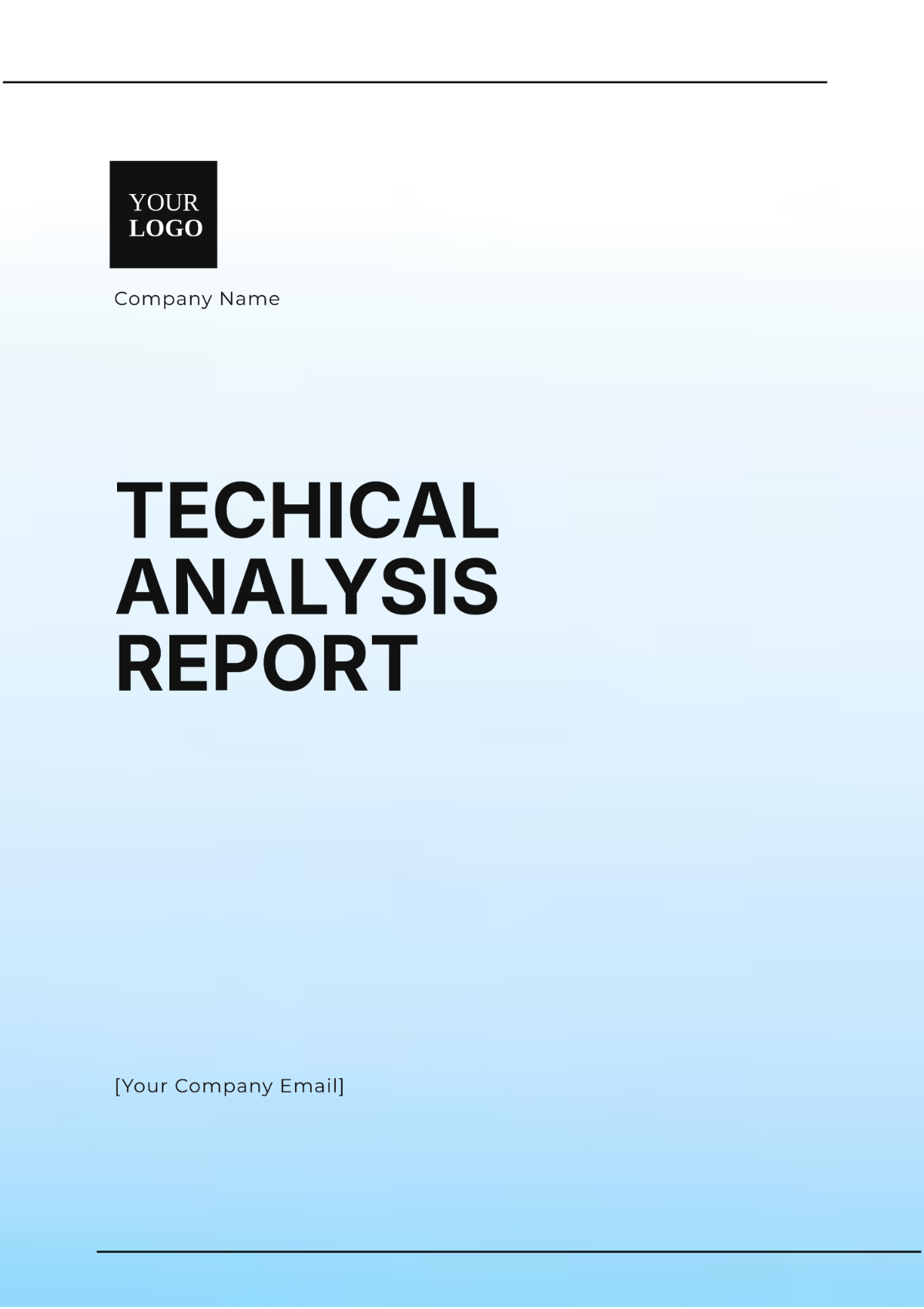Reliability Analysis Quantitative Research
Prepared by: [Your Name]
Date: [Date]
1. Introduction
This research aims to evaluate the reliability of the newly developed Cognitive Assessment Tool (CAT), designed for use in educational and psychological settings. The reliability analysis is crucial for ensuring that the CAT provides consistent and accurate measurements over time and across different conditions. Reliable measurement tools are essential for making informed decisions based on data.
2. Literature Review
Reliability in measurement tools is a critical factor in research validity. According to Smith et al. (2052), reliability is the degree to which an assessment tool produces stable and consistent results. Various forms of reliability include:
Test-Retest Reliability: Measures the consistency of a test over time.
Inter-Rater Reliability: Assesses the degree to which different raters or judges agree.
Internal Consistency: Evaluates the consistency of results across items within a test.
Previous studies, such as those by Jones and Lee (2054), have highlighted the importance of these reliability measures in ensuring the effectiveness of educational assessments and psychological tests.
3. Methodology
Data Collection: Data were collected from a sample of 500 students using the Cognitive Assessment Tool (CAT) across three different educational institutions between January and March 2054.
Measurement Instruments: The CAT includes 50 items designed to assess cognitive abilities. Reliability was tested using Cronbach’s alpha for internal consistency and the test-retest method for stability.
Statistical Methods: Reliability coefficients were calculated using statistical software packages, and data analysis was conducted using a significance level of 0.05.
4. Results
4.1 Reliability Coefficients
Internal Consistency: Cronbach’s alpha for the CAT was 0.87, indicating high internal consistency.
Test-Retest Reliability: The correlation coefficient between test scores administered three months apart was 0.82, demonstrating strong stability over time.
4.2 Statistical Analysis
The results showed that the CAT met the acceptable thresholds for reliability, with all coefficients exceeding the standard benchmark of 0.70.
5. Discussion
Implications: The high internal consistency and test-retest reliability of the CAT suggest that it is a reliable tool for assessing cognitive abilities. This ensures that the CAT can be used confidently in both educational and psychological contexts.
Comparison: The reliability coefficients of the CAT are comparable to other established cognitive assessment tools, such as the Wechsler Intelligence Scale for Children (WISC), as reported by Brown et al. (2055).
Limitations: Some limitations include the sample size and the potential for test-retest bias, which could affect the generalizability of the findings.
6. Conclusion
The reliability analysis confirms that the Cognitive Assessment Tool (CAT) is a robust and consistent measurement instrument. The high-reliability coefficients support its use in diverse educational and psychological settings. Future research should focus on further validating the tool across different populations and exploring its predictive validity.
7. References
Brown, M., Smith, R., & White, K. (2055). Evaluation of Cognitive Assessment Tools: A Comparative Study. Academic Publishing.
Jones, T., & Lee, S. (2054). Measuring Reliability in Educational Assessments. Journal of Educational Psychology, 89(4), 567-579.
Smith, A., Johnson, L., & Davis, R. (2052). Reliability in Psychological Testing. Research Methods in Psychology, 75(3), 123-136.
